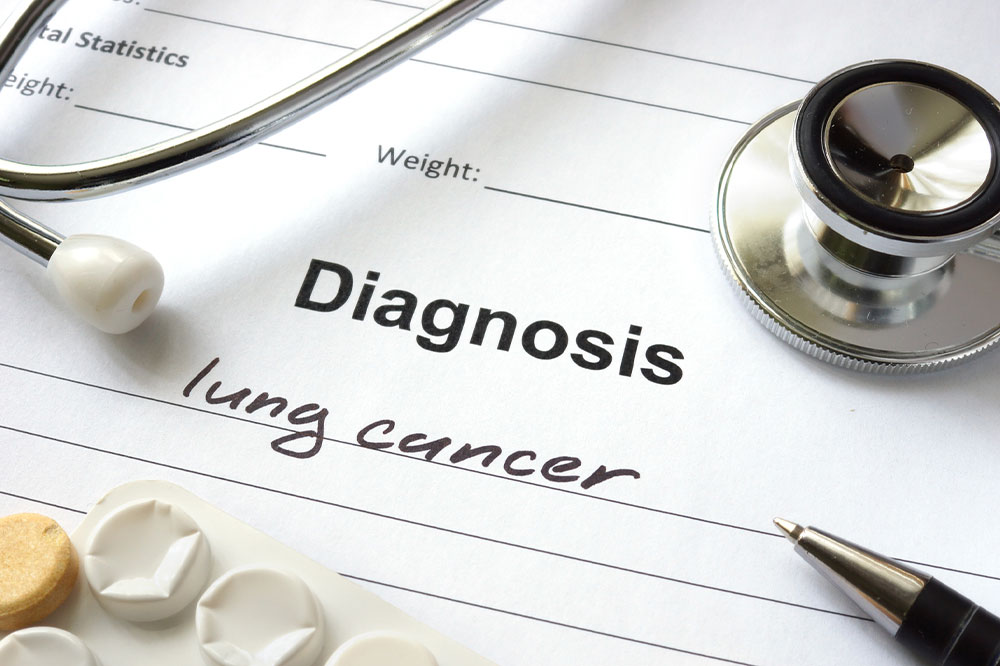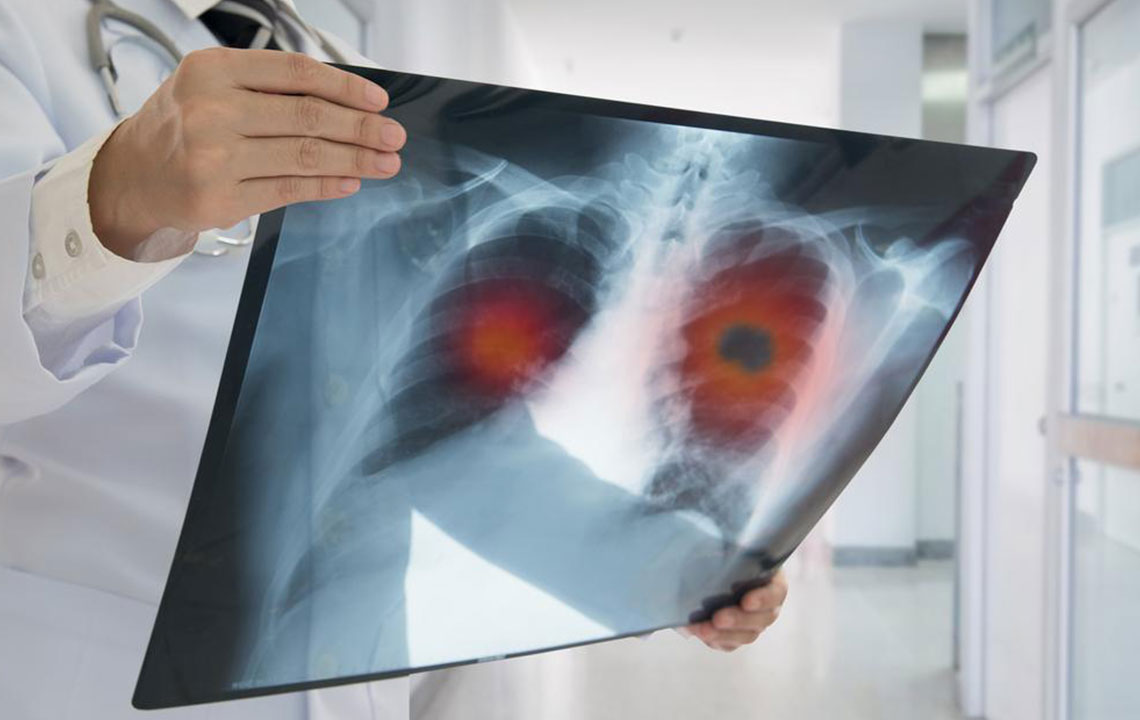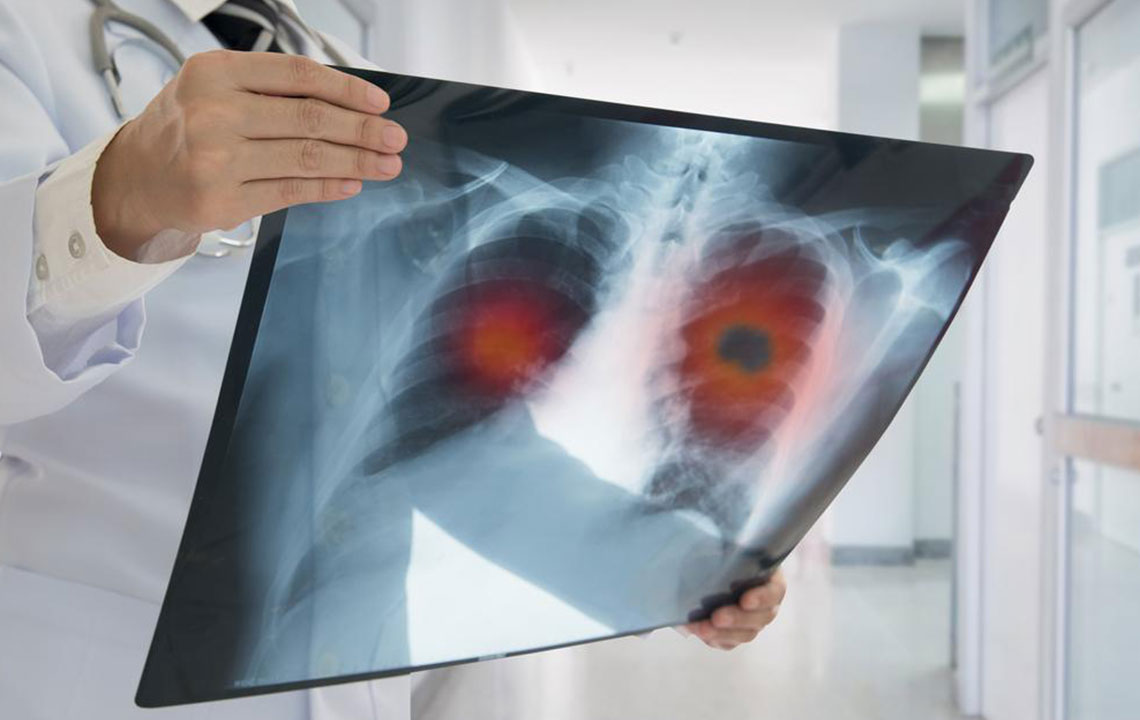Comprehensive Guide to Small Cell Lung Cancer: Symptoms, Causes, and Effective Treatment Options
This comprehensive guide explores small cell lung cancer, highlighting its symptoms, causes, diagnostic methods, and advanced treatment options. Learn how early detection and personalized therapies can improve outcomes for patients facing this aggressive disease. Understand risk factors and preventative measures to reduce your likelihood of developing SCLC. Whether you’re a patient or caregiver, this article provides valuable insights into managing and fighting small cell lung cancer effectively.

Comprehensive Guide to Small Cell Lung Cancer: Symptoms, Causes, and Effective Treatment Options
Small cell lung cancer (SCLC) is one of the most aggressive forms of lung cancer, known for its rapid growth and early tendency to metastasize. It accounts for approximately 15% of all lung cancer cases and requires prompt diagnosis and management to improve survival chances. Despite being a serious health threat, understanding the disease's intricacies can empower patients and caregivers to take proactive steps for prevention, early detection, and effective treatment.
SCLC primarily develops from the abnormal proliferation of small cells in the lungs, which are derived from neuroendocrine tissue. These cancer cells tend to grow rapidly and invade nearby tissues at an early stage. The disease's aggressive nature means it often presents with subtle early symptoms that can be mistaken for less serious respiratory issues, leading to delayed diagnosis. Early recognition and intervention are crucial for improving outcomes.
Recognizing Symptoms of Small Cell Lung Cancer
Initially, symptoms of SCLC may be mild or nonspecific, making early detection challenging. Common early signs include persistent cough, chest discomfort, and shortness of breath. As the disease progresses, other symptoms may develop, such as coughing up blood (hemoptysis), wheezing, and a feeling of tightness in the chest. Patients may also experience systemic symptoms like fatigue, unexplained weight loss, loss of appetite, and voice changes. In some cases, facial swelling and dilated neck veins may occur due to superior vena cava syndrome caused by tumor pressure. Because these signs overlap with other respiratory illnesses, prompt medical consultation and diagnostic testing are essential for accurate diagnosis.Understanding risk factors is vital for prevention. The primary risk factor for SCLC remains cigarette smoking, accounting for the majority of cases. Exposure to radon gas, especially in poorly ventilated indoor environments, heightens risk. Additionally, contact with hazardous chemicals such as asbestos, arsenic, and tar significantly increases the likelihood of developing this cancer. Prolonged exposure to carcinogenic substances, previous radiation therapy to the chest, and a family history of lung cancer also contribute to risk. Recognizing these factors enables at-risk individuals to make informed lifestyle choices and pursue regular screenings.
Diagnostic procedures for suspected SCLC involve a combination of imaging and tissue sampling. Initial tests often include chest X-rays to identify suspicious lung abnormalities. Follow-up imaging with high-resolution computed tomography (CT) scans provides detailed information about tumor size, location, and spread. Positron emission tomography (PET) scans are useful for detecting metastasis and staging the disease accurately. Bronchoscopy, a minimally invasive procedure, allows clinicians to visualize the airways directly, obtain tissue samples for biopsy, and confirm the diagnosis. Accurate staging is essential for devising an optimal treatment plan tailored to the extent of disease spread.
Treatment strategies for small cell lung cancer depend on the stage at diagnosis and overall patient health. For early-stage disease, options may include surgery to remove localized tumors, but this is relatively rare given the aggressive nature of SCLC. More commonly, treatments involve chemotherapy, which remains the cornerstone of therapy due to its high efficacy in controlling widespread disease. Chemotherapy agents such as etoposide and cisplatin are standard; however, recent advances include incorporating immunotherapy agents to enhance the immune response against cancer cells. Radiation therapy plays a critical role in alleviating symptoms, especially for tumors causing airway obstruction or bleeding. In cases where the disease has metastasized, systemic therapies are prioritized, and supportive care becomes a vital component of treatment to improve quality of life.
Supportive and palliative care are integral throughout the treatment journey. Managing side effects like nausea, fatigue, and hair loss is essential to maintaining patient comfort. Nutritional support, physical activity, and psychological counseling help patients cope more effectively with their diagnosis. Palliative interventions such as pain management and symptom control enhance overall well-being and dignity for those with advanced disease. Family support and palliative care teams collaborate to ensure empathetic, comprehensive care that aligns with patient preferences and goals.





